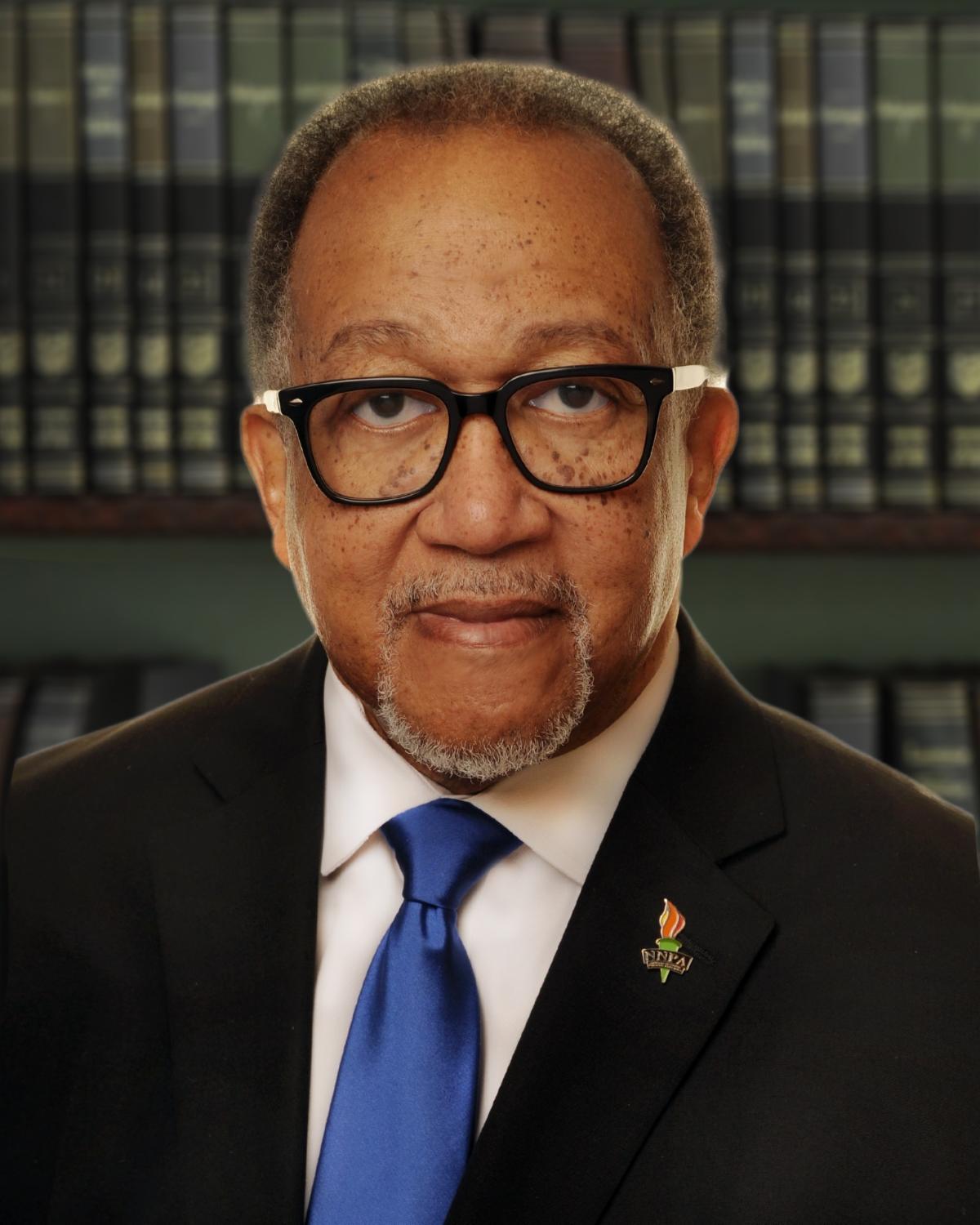By Hazel Trice Edney
(TriceEdneyWire.com) – In the early days of broadcasting, the faces of local television newscasters, reporters and management were almost exclusively White and male.
Although progress in diversity has been made, much work remains to assure that local media teams look like the communities they serve. Advocates for newsroom and media diversity have constantly pointed to the need for people of color in newsroom management as well as on the screen.
Therefore, a pending transaction between two companies with reputations for supporting racial and gender inclusivity is being welcomed. Federal regulators, namely the Federal Communications Commission (FCC) and the Department of Justice (DOJ) currently have the opportunity to support more diverse local broadcasting by approving the purchase of major broadcaster TEGNA by Standard General, a minority-owned firm. Together, Standard General and TEGNA, will be led by television industry veteran Deb McDermott, the first woman from broadcast management to be inducted into the Broadcasting and Cable Hall of Fame, forming America’s largest minority-owned, women-led broadcasting company.
As the principals await approval, they are brainstorming ways to increase minority participation, including Black voices.
“One of our key initiatives is to give our communities a voice,” says Soo Kim, founding partner of Standard General and current managing partner and chief investment Officer. “We want to partner with community journalism groups to amplify the work they’re doing and the communities they represent,” Kim said. “We’re open to exploring new partnership models to get diverse viewpoints and perspectives on the air and to make sure people have the resources to do it. We’re calling it enhanced community access or creative community access and we’re excited about the possibilities it will open up.”
Although newsrooms are much more diverse than they used to be, data shows that they are still less inclusive than other industries. A Pew Research Center survey released in 2018 found that 77 percent of newsroom employees, including reporters, photographers, and videographers at not only newspapers but also internet and broadcasting outlets, were non-Hispanic whites. For U.S. workers in all occupations, that number is 65 percent.
Diversity in television news reporting and programming matters. Women and minority onscreen and behind-the-scenes employees bring in different points of view that strengthen content for all viewers. They also build trust with a wider range of viewers in an increasingly diverse U.S. population, an important goal in today’s often divided society. Given the long wait and struggle for equality, advocates for Black media participation are hopeful, but are taking a wait and see posture on Kim’s ideas.
“I’m very pleased to see Soo Kim’s statements about wanting to involve Black journalists more with his company and I look forward to seeing how that develops,” says Jim Winston, president/CEO of the National Association of Black-owned Broadcasters. “There is a definite need to escalate Black voices. He is buying a company that has substantial network television assets which is an area where Black voices are greatly needed to be expanded. So I hope that he is able to make that happen.”
Ben Chavis, president/CEO of the National Newspaper Publishers Association, who also hosts a PBS television talk show, “Chavis Chronicles”, says Kim is pursuing an important need if it succeeds.
“It’s the issue of diversity, equity and inclusion in the broadcast industry – both radio, television as well as social media,” Chavis said. “Given the demographic changes in America, we’re much more a multi-racial, multi-cultural, multilingual society. The broadcast industry should reflect that diversity.”
Meanwhile, many younger Americans are increasingly turning to social media for news, but significant numbers of people – especially middle-aged and older – heavily depend on local, network and cable television stations for information on current events and politics. Not to mention, that social media is often fraught with disinformation, and thus, a diverse range of trusted journalism outlets is important to truth and accuracy.
TEGNA boasts a reputation as one of the most impactful and geographically diverse broadcasters in the U.S., with 64 brands in 51 markets. By going private, no longer encumbered by quarterly performance pressures, and with financial and managerial backing from Standard General, the new company will be able to invest in all aspects of local news operations, from people to technology.

The acquisition will also benefit aspiring minority journalists by creating new jobs with a company that has a proven track record of inclusivity and a commitment to wages and benefits, Kim says. They will be able to do this not by creating a nationally driven monolith of national news, but instead, by creating a bottom-up model where local news is prioritized so that it can continue to meet the targeted to the needs of local communities that rely on broadcast news, he says.
Racial diversity is not new to Kim who was born in Seoul, South Korea, but moved to Queens County, N.Y. – among the most racial diverse counties in the nation when he was a young child. “I came here when I was 5 and I grew up in Queens and spent my formative years growing up in Queen County,” Kim said. Queens County is known as one of the most diverse counties in America with about 150 different languages spoken. “I didn’t know anything different really,” Kim added and he underscored that he attended public schools. “More diversity is needed throughout the broadcast industry, and now I find myself in a position where I can make an impact.”
He concluded, “Bringing these diverse voices to the forefront not only will better reflect the communities we serve, it will also be good for business.”



